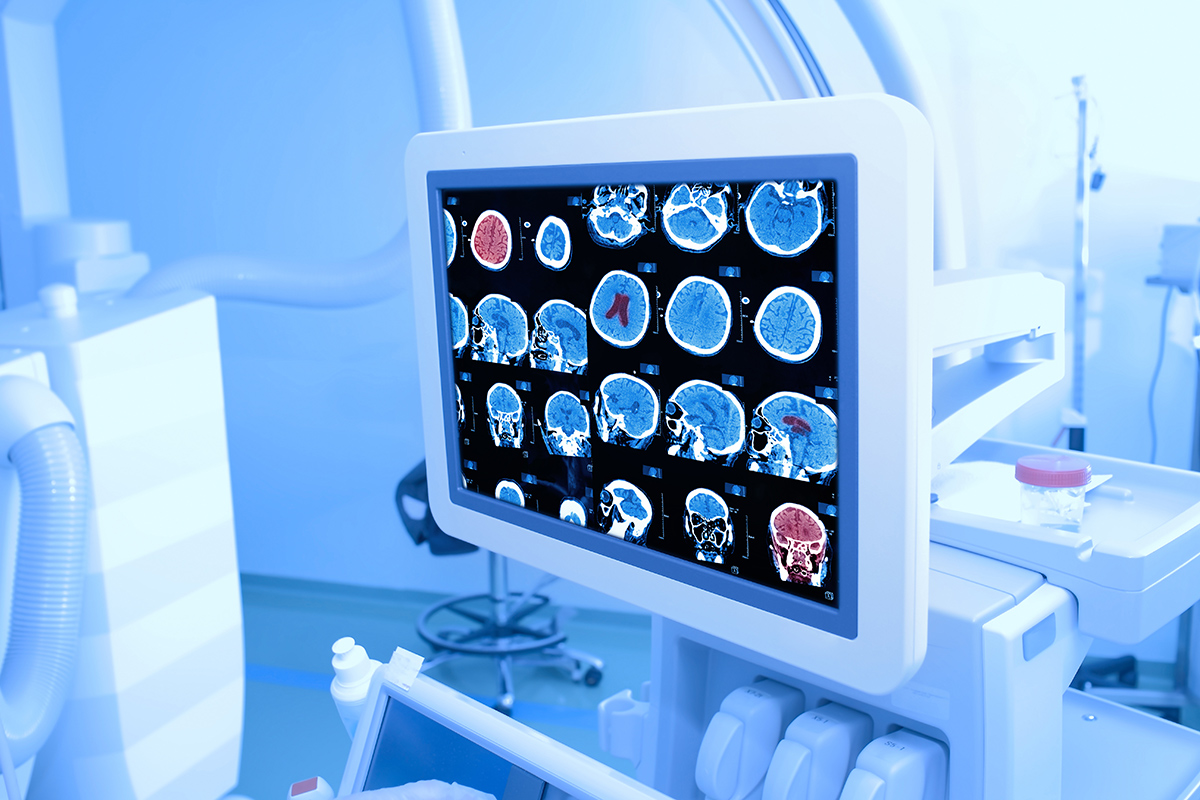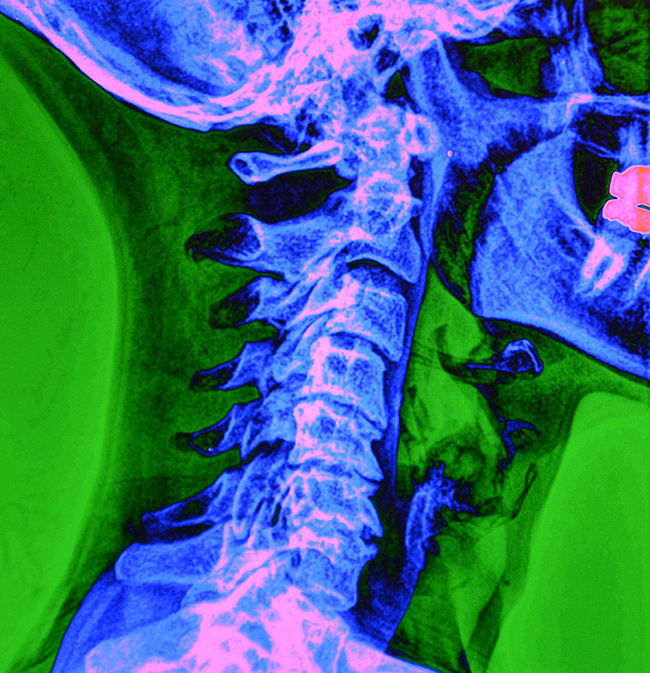
The X-ray imaging procedure is by far the most popular diagnostic imaging procedure in the world, and one of the oldest. Since its discovery in 1895 by German physicist Wilhelm Röntgen, x-rays have played a critical and important role in the diagnostic process. They have helped doctors diagnose and identify numerous issues within the body including broken bones, dental cavities, and even hernias.
The very first documented use of x-rays for medical purposes was within a month of Röntgen’s publication of his discovery. Today, hundreds of millions of x-ray procedures are done every year. X-ray machines have become commonplace medical fixtures in hospitals, laboratories, and clinics everywhere like facilities at Green Imaging. Chances are if you somehow haven’t been exposed to an x-ray machine before, whether, for a routine dental exam or to diagnose a broken bone, you will at some point in your life. That’s why we want to help you be prepared. The following information will provide you with a good overview of x-rays.
"Self-paying patients at a Green Imaging facility can expect to pay as low as $50 per standard x-ray, and as little as $250 for a CT scan."
--- DR. CRISTIN DICKERSON, MD
How Do X-Rays Work?
It is helpful to understand a few basic scientific concepts to understand how medical x-ray imaging works.
The first concept is that soft tissues, such as human skin, are composed of smaller atoms that do not absorb electromagnetic radiation, in this case, x-rays, particularly well.
Dense bones, however, are composed of larger atoms which are great for absorbing x-rays. X-ray machines take advantage of this basic concept to produce useful images and other data.
By passing a beam through a patient’s body and collecting the x-rays that pass through on the other side of the patient’s body, measurements can be taken that are then translated into an image. Because bone absorbs the x-rays, thus preventing it from reaching the sensor on the other side of the patient, the machine is able to determine where the bone is and where it is not.

However, sometimes x-rays are needed to image other structures in the body besides bones. Because x-rays tend to pass freely through soft tissue, they are not well suited for imaging of these types of tissues and structures. Organs, for example, are not easily captured with a standard x-ray. Contrast dyes may be utilized to capture images of soft tissues using standard x-ray.
Contrast dyes are special solutions that, like bone, absorbs x-rays. These contrast agents are injected into a patient with the purpose of helping secure images of soft tissues such as organs and blood vessels which are otherwise difficult to capture. Typical contrast agents include iodine, barium-sulfate, and gadolinium-based compounds.
Are X-Rays Safe?
When executed properly by a medical professional, such as a trained and certified radiologist within a protected clinical setting, x-ray procedures are very safe.
By themselves, however, x-rays can be dangerous, more so for pregnant women. In fact, women who are expecting are generally advised not to get an x-ray or CT scan unless medically necessary out of fear that the radiation could harm the fetus, especially first term.
Other precautions to take with x-rays include using some form of lead-based protection. This may come in the form of a lead-lined vest or shield which can block or absorb any errant x-rays. X-ray machines themselves are designed to contain all harmful radiation except for the radiation that is allowed to escape, typically as a beam, for imaging purposes.
Different x-ray procedures deliver vastly different amounts of radiation as well. CT scans, which may involve firing off hundreds of x-rays in quick succession to produce cross-sectional and three-dimensional images and data, will deliver radiation of greater magnitude than a simple, routine dental x-ray. Likewise, a chest x-ray is also likely to deliver a higher dose of radiation.
Reasons To Get An X-Ray
X-rays are prescribed when damage to the bone is suspected. A good example would be a broken arm or a deep cavity in the jaw. However, x-rays can be utilized for imaging other parts of the body as well. When combined with contrast agents x-rays are also used to produce images of soft tissues and organs. When detail is necessary, doctors may recommend a CT scan to produce three-dimensional data.
What Is The X-Ray Procedure?
An x-ray procedure can be done in a variety of medical settings. A hospital’s radiology department, a dental clinic, or a diagnostic imaging facility, such as Green Imaging are all places that specialize in diagnostic imaging procedures.
During the x-ray procedure, patients will typically be instructed to position themselves so that images of the specific area of concern, such as the leg for a suspected broken bone, can be imaged as clearly as possible.
Patients will may be given some form of x-ray protection, such as a lead vest, and will be asked to remain perfectly still while the x-ray is being taken. Depending on the specifics of the x-ray procedure, additional steps may be necessary.
For example, an arthroscopy will require contrast dyes to be injected before the actual x-ray. Once the image has been taken, it will be developed and interpreted by a radiologist. The results are then forwarded to the patient’s prescribing doctor who will act or make diagnoses based on the information provided by the radiologist and x-ray.
What Are The Different Types of X-Rays?
There are many types of x-rays including standard x-rays, computed tomography (CT) scans, fluoroscopy, and mammography.
A standard x-ray passes through a person’s body to produce still, two-dimensional (2D) images of a person’s internal anatomical structures.
A CT scan utilizes multiple standard x-rays taken from different angles to produce a cross-sectional data of a person’s body. This data can then be combined into a detailed, three-dimensional (3D) model of internal structures.
A fluoroscopy utilizes x-ray in real-time to view elements and internal organs of a patient’s body, such as a patient’s blood flow, movement, and change in real-time, compared to a standard x-ray which produces a still, two-dimensional (2D) image. A fluoroscopy may expose the patient to slightly more radiation.
Mammography uses special techniques to view the breast tissues and may be performed with 2D or 3D technique.
Depending on the area of the body being imaged, there are a variety of x-ray-based imaging techniques that have been specifically developed for those purposes. These include radiography for the abdomen, arthrography for joints, bone densitometry for bone density measurements, and a whole host of others.
How Much Do X-Rays Cost?
X-ray procedures can cost anywhere from $50 to over $1000 depending on a variety of factors. The specific type of x-ray needed, where the x-ray images are taken, and whether or not the patient has insurance are all factors in the cost of an x-ray. You can read more about Dr. Cristin Dickerson's view about pricing transparency and costs here.
Self-paying patients at a Green Imaging facility can expect to pay as low as $50 per standard x-ray, and as little as $250 for a CT scan.
The Green Imaging Difference
At Green Imaging, we’ve decided not to play by industry rules. We’re all about transparency and affordability. With Green Imaging you can save between 50 and 80% of your out-of-pocket costs for MRI, CT, ultrasounds, and other high-quality imaging services. Affordable MRIs start for as low as $250, compared with $1,600 at other imaging facilities in the Houston area.
Don’t pay secret rates for an MRI. Go Green Imaging instead!



